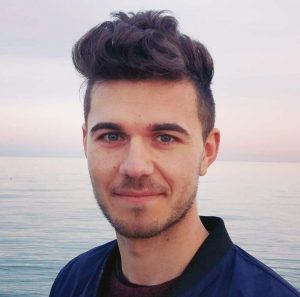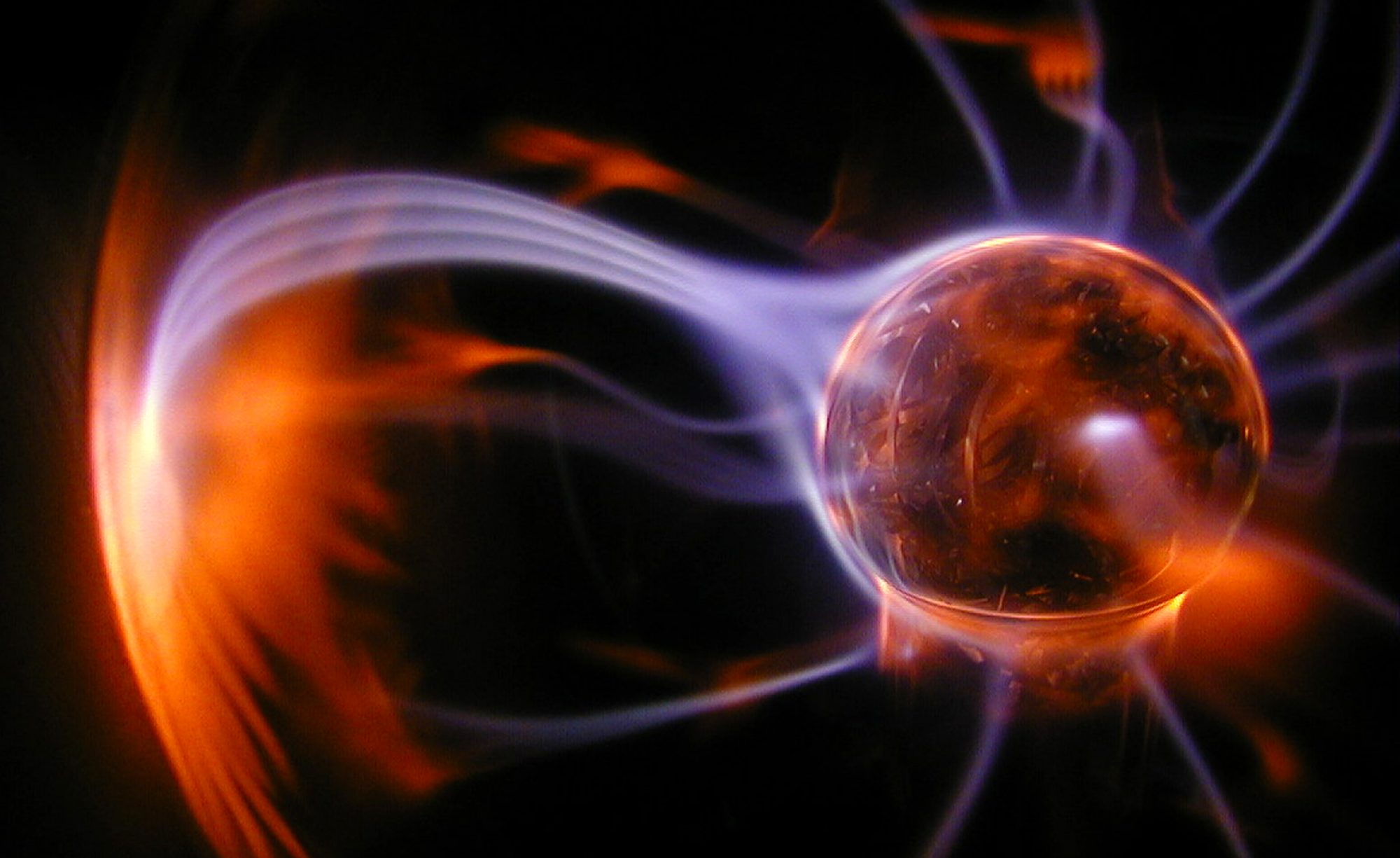
My name is Omar and I am from Treviso, Italy. My background is in environmental science and technology with a particular focus on plasma chemistry and applications for water treatment. I obtained my Master in Land and Environmental Science and Technology in 2018 from the University of Padova. After graduating, I had the chance to work for 18 months at the Department of Chemistry as research fellow focusing on the characterization of the reactive species involved in the degradation of water pollutants and the degradation efficiency of non-thermal plasma for perfluoroalkyl substances removal. From here, a growing interest regarding the potential of plasmas for green processes was raised in me and I have found in the PIONEER project the opportunity to actively contribute to give answers to environmental challenges.
Now I am a doctoral student in chemistry under the supervision of Professor Annemie Bogaerts at the University of Antwerp and the co-supervision of Professor Gerard van Rooij at the DIFFER Eindhoven. My research project is mostly centered on modelling of chemical kinetics and fluid dynamics as well as on conversion experiments and diagnostics of a microwave CO2 plasma. The purpose is to understand the underlying mechanisms involved in the conversion with the aim to improve its energy efficiency and make the technology accessible for industrial upscaling.
| Overview |  |
| ESR: | 3 |
| Title: | Towards a fundamental understanding of energy-efficient, plasma-based CO2 conversion |
| Home Institution: | University of Antwerp (UAntwerpen) |
| 1st Supervisor: | Annemie Bogaerts |
| Host Institution: | Dutch Institute For Fundamental Energy Research (DIFFER) |
| 2nd Supervisor: | Gerard Van Rooij |
| Secondment: | Instituto Superior Técnico, Universidade de Lisboa (IST-IPFN) |
| Defence: | July 3 2023 |
Abstract
Plasma-based CO2 conversion is worldwide gaining increasing interest. The aim of this work is to find potential pathways to improve the energy efficiency of plasma-based CO2 conversion beyond what is feasible in thermodynamic equilibrium. To do so, we use a combination of modeling and experiments to better understand the underlying mechanisms of CO2 conversion, ranging from non-thermal to thermal equilibrium conditions.
The status of development of plasma-based CO2 splitting and its combination with other reactions is introduced in Chapter 1. Zero-dimensional (0D) chemical kinetics modelling, describing the detailed plasma chemistry, is developed to explore the vibrational kinetics of CO2, as the latter is known to play a crucial role in the energy-efficient CO2 conversion. The 0D model is explained in detail in Chapter 2 and applied in Chapter 4, where it is successfully validated against pulsed CO2 glow discharge experiments, enabling the reconstruction of the complex dynamics underlying gas heating in a pure CO2 discharge. This paves the way towards the study of gas heating in more complex gas mixtures, such as CO2 plasmas with high dissociation degrees. Since gas heating has a strong effect on vibrational excitation, Chapter 4 represents a substantial step forward in the definition of the experimental conditions suitable for vibrationally-enhanced CO2 splitting in a plasma.
Energy-efficient, plasma-based CO2 conversion can also be obtained upon the addition of a reactive carbon bed in the post-discharge region. The reaction between solid carbon and O2 to form CO allows to both reduce the separation costs and increase the selectivity towards CO, thus, increasing the energy efficiency of the overall conversion process. In this regard, a novel 0D model to infer the mechanism underlying the performance of the carbon bed over time is developed within this thesis. The model is explained in Chapter 2, while the experimental setup is described in Chapter 3, and the results are presented in Chapter 5. The model outcome indicates that gas temperature and oxygen complexes formed at the surface of solid carbon play a fundamental and interdependent role. These findings open the way towards further optimization of the coupling between plasma and carbon bed.
Experimentally, it has been demonstrated that warm plasmas (e.g. microwave or gliding arc plasmas) can yield very high energy efficiency for CO2 conversion, but typically only at reduced pressure. For industrial application, it will be important to realize such good energy efficiency at atmospheric pressure as well. However, recent experiments illustrate that microwave plasmas at atmospheric pressure are too close to thermal conditions to achieve a high energy efficiency.
Hence, a comprehensive set of advanced diagnostics is used in this thesis to characterize the plasma and the reactor performance, focusing on CO2 and CO2/CH4 microwave discharges, as described in Chapter 3. In particular, laser scattering is coupled with optical emission imaging to reconstruct the shape of the plasma and link it with the evolution of electron density and temperature, and gas temperature. The results lead to a deeper understanding of the mechanism of power concentration with increasing pressure, typical of plasmas in most gases, as presented in Chapter 6, which is of great importance for model validation and understanding of reactor performance.
In a complex chemistry such as dry reforming of methane (CO2/CH4), transport of reactive species is essential to define the performance of the reactor and achieve the desired outputs. On this matter, the electron and heavy-particle properties of the CO2 and CO2/CH4 microwave discharge are characterized for two different flow configurations, i.e. forward vortex (FV) and reverse vortex (RV), which exhibit different core transport mechanisms, i.e. flow-independent diffusion and flow-dependent convection, respectively. In addition, the effect of the gas flow dynamics on the reactor performance is determined by gas chromatography. The results, presented in Chapter 7, show that the RV flow configuration enables control of the process selectivity towards gaseous or solid products, e.g. by inhibiting the deposition of solid carbon inside the reactor, even in pure CH4 experiments. This thesis adds to the state-of-the-art by providing a deeper insight in the underlying mechanisms governing plasma-based CO2 conversion, under a wide range of experimental conditions and in combination with other thermodynamically challenging reactions. Chapter 8 details how the results of this thesis can be used to direct future research efforts to improve both conversion and energy efficiency.
Links with other ESRs
- All ESRs: Comparison of model approaches for optimization of vibrational kinetic description

